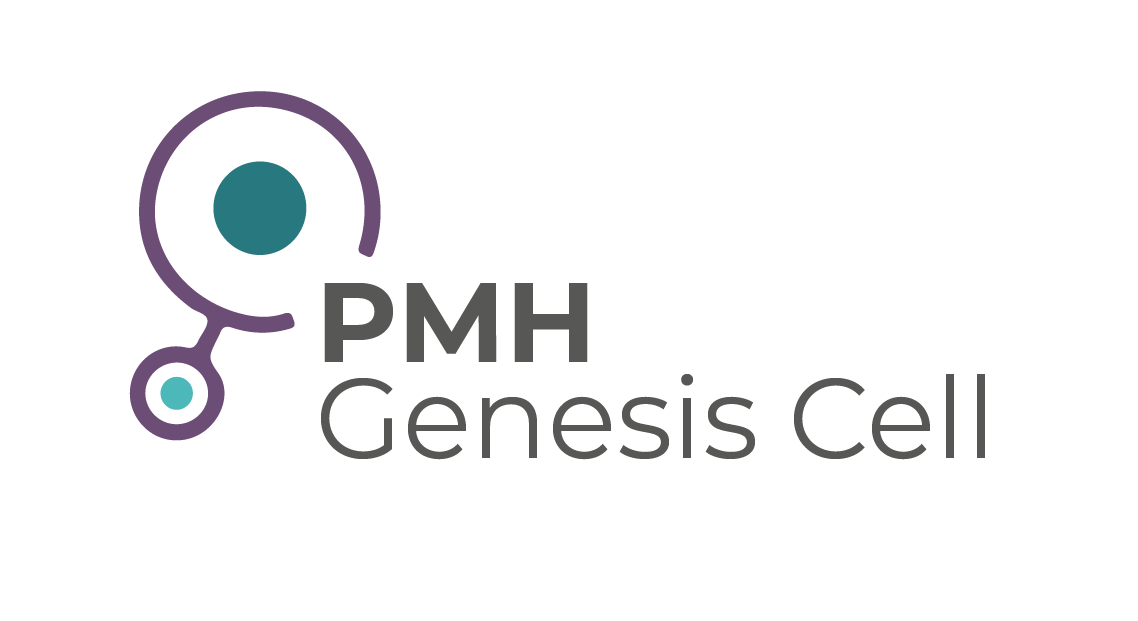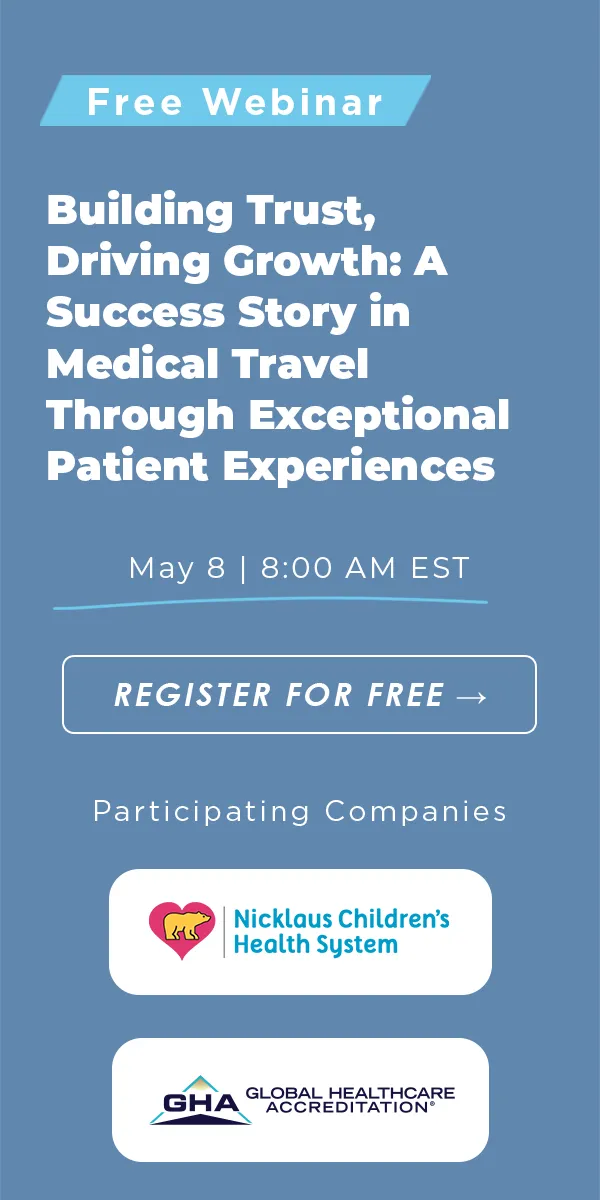Breast Reconstruction
Steps Involved in IVF:
Procedure Description
Breast reconstruction is a surgical procedure designed to restore the natural appearance, shape, and size of a breast, usually after a mastectomy (the surgical removal of one or both breasts). A mastectomy is often necessary for individuals undergoing treatment for breast cancer or for those who are at high risk of developing the disease. Losing a breast can be emotionally taxing, affecting self-esteem, body image, and overall quality of life. Breast reconstruction aims to mitigate these emotional and psychological impacts by recreating the breast, allowing patients to regain a sense of normalcy and wholeness.
There are various methods for breast reconstruction, which can broadly be categorized into implant-based reconstruction and autologous tissue (flap) reconstruction. Implant-based reconstruction involves using a saline or silicone gel implant to recreate the breast mound, while flap reconstruction uses the patient’s own tissue from another part of the body, like the abdomen or back, to form the new breast. A third option involves a combination of both techniques. The choice of method is usually a complex decision made after extensive consultation between the patient, the oncologist, and the reconstructive surgeon.
Medical tourism offers the opportunity for patients to choose from an array of world-renowned specialists and techniques that may not be available in their home country. Patients can thus take control of their medical journey by considering options across the globe.
Procedure Duration
The duration of a breast reconstruction procedure varies based on the technique used and the individual circumstances of the patient. Implant-based reconstruction is typically shorter, often requiring 1 to 2 hours per breast. Flap reconstruction is more complex and can take up to 4 to 6 hours, sometimes longer, depending on the specifics of the case. Patients usually require general anesthesia for the surgery.
Recovery time is also influenced by the type of reconstruction. With implant-based reconstruction, patients can generally expect a shorter recovery time, often around 4 to 6 weeks. Flap reconstruction usually involves a more extended recovery period, possibly ranging from 6 to 8 weeks. During this time, you may experience varying degrees of swelling, bruising, and discomfort. It's essential to factor in the recovery time when considering medical tourism for breast reconstruction, as you may need to stay abroad for an extended period for follow-up care and monitoring.
Given that multiple surgeries or procedures (e.g., nipple reconstruction, tattooing, revisions) may be necessary to achieve the desired outcome, patients should be prepared for an overall longer timeline for full recovery and completion of the reconstructive process.
Benefits
- Cost Savings: Often, medical procedures abroad can be substantially cheaper than in Western countries, without compromising quality.
- Expertise: Many countries have surgeons who specialize in breast reconstruction, offering years of experience and a portfolio of successful outcomes.
- Advanced Technology: Some countries offer cutting-edge medical technology and surgical techniques that might not be readily available in your home country.
Potential Destinations
- Thailand: Renowned for its highly trained surgeons and excellent healthcare facilities.
- India: Known for cost-effective medical care and highly skilled professionals.
- Brazil: Recognized for its high standards in cosmetic and reconstructive surgery.
- South Korea: Famous for its advanced medical technology and highly specialized surgeons.
Risks & Considerations
- Language Barriers: May affect your understanding of the procedure and risks.
- Travel: Long flights can increase the risk of complications like deep vein thrombosis.
- Follow-up Care: Ensure you can either extend your stay for follow-up appointments or have arrangements for continuity of care at home.
How to Choose the Right Doctor and Hospital
- Certification: Ensure the surgeon has the appropriate qualifications and is certified by a reputable medical board.
- References & Reviews: Previous patient testimonials and reviews can offer invaluable insight.
- Facility Tour: If possible, visit the hospital beforehand to evaluate its standards and services.
To receive a free quote for this procedure please click on the link: https://www.medicaltourism.com/get-a-quote
Patients are advised to seek hospitals that are accredited by Global Healthcare and only work with medical tourism facilitators who are certified by Global Healthcare Accreditation or who have undergone certification from the Certified Medical Travel Professionals (CMTP). This ensures that the highest standards in the industry are met. GHA accredits the top hospitals in the world. These are the best hospitals in the world for quality and providing the best patient experience. Click the link to check out hospitals accredited by the Global Healthcare Accreditation: https://www.globalhealthcareaccreditation.com
Frequently Asked Questions
What actually happens during hyperstimulation of the ovaries?
The patient will take injectable FSH (follicle stimulating hormone) for eight to eleven days, depending on how long the follicles take to mature. This hormone is produced naturally in a woman’s body causing one egg to develop per cycle. Taking the injectable FSH causes several follicles to develop at once, at approximately the same rate. The development is monitored with vaginal ultrasounds and following the patient’s levels of estradiol and progesterone. FSH brand names include Repronex, Follistim, Menopur, Gonal-F and Bravelle. The patient injects herself daily.
What happens during egg retrieval?
When the follicles have developed enough to be harvested, the patient attends an appointment where she is anesthetized and prepared for the procedure. Next, the doctor uses an ultrasound probe to guide a needle through the vaginal wall and into the follicle of the ovary. The thin needle draws the follicle fluid, which is then examined by an embryologist to find the eggs. The whole process takes about 20 minutes.
What happens to the eggs?
In the next step, the harvested eggs are then fertilized. If the sperm from the potential father, or in some cases, anonymous donor, has normal functionality, the eggs and sperm are placed together in a dish with a nutrient fluid, then incubated overnight to fertilize normally. If the sperm functionality is suboptimal, an embryologist uses Intracytoplasmic Sperm Injection to inject a single sperm into a single egg with an extremely precise glass needle. Once fertilization is complete, the embryos are assessed and prepared to be transferred to the patient’s uterus.
How are the embryos transferred back to the uterus?
The doctor and the patient will discuss the number of embryos to be transferred. The number of successfully fertilized eggs usually determines the number of eggs to be placed in the uterus. Embryos are transferred to the uterus with transabdominal ultrasound guidance. This process does not require anesthesia, but it can cause minor cervical or uterine discomfort. Following transfer, the patient is advised to take at least one days bed rest and two or three additional days of rest, then 10 to 12 days later, two pregnancy tests are scheduled to confirm success. Once two positive tests are completed, an obstetrical ultrasound is ordered to show the sac, fetal pole, yolk sac and fetal heart rate.
Embryoscope©
Built into this technology there is a microscope with a powerful camera that allows the uninterrupted monitoring of the embryo during its first hours of life. In this way, we can keep a close eye on the embryo, from the moment when the oocyte is inseminated and begins to divide into smaller and smaller cells, until it can be transferred to the uterus.
Orthopedics Stem Cell
Knee
Research on mesenchymal stem cells regenerative properties in knee osteoarthritis. In these studies, researchers suggest that Stem Cell Therapy has the potential to regenerate lost cartilage, stop and reverse cartilage degeneration, provide pain relief, and improve patient mobility.
Shoulder
Stem Cell Therapy as an Alternative to Rotator Cuff & Shoulder Replacement Surgery. Stem cell therapy may offer an excellent alternative for patients looking to avoid shoulder joint replacement surgery, as well as many other surgical treatments for shoulder pain.
Ankle
If you suffer from chronic or acute ankle pain or instability due to arthritis, cartilage loss, ligament strain or tear, or tendon damage, then you may benefit from non-surgical stem cell treatments or stem cell-enhanced surgery.
Back Pain
Patients now have a minimally invasive option. Stem cell therapy for back pain and disc herniations can potentially repair the damaged disc or facet joint, restore function, rehydrate the disc, and ultimately alleviate chronic pain.
Anti-Aging Stem Cell
Hair Loss
Stem cell therapy and PRP therapy have been shown to be most effective for: Those in the early stages of hair loss, patients who are not viable candidates for surgery and women who prefer to avoid hair surgery.
Facial Anti-Aging
Aesthetic Anti-Aging. The Aesthetic Stem Cell Localized Treatment is a non-surgical minimally invasive procedure to enhance the appearance of aging skin and hair restoration. This all-natural technique combines dermal injections of bone marrow or adipose tissue derived stem cells and growth factors.
Fertility Stem Cell
Endometrial PRP
The stem cells used for treatment of a thin endometrium include mesenchymal stem cells. In addition, successful repair of the endometrium in pregnancy with stem cells has been reported previously.
Low Ovarian Reserve (PRP)
The treatment uses PRP (Platelet-Rich-Plasma), which with stem cell therapy is the novel therapeutic approach for restoring the quality of the ovarian reserve.Your PRP will contain a physiologic balance of platelets, growth factors and white blood cells tailored specifically for you.

Punta Mita Hospital
Mexico


Punta Mita Hospital - Genesis Cell
Mexico


















